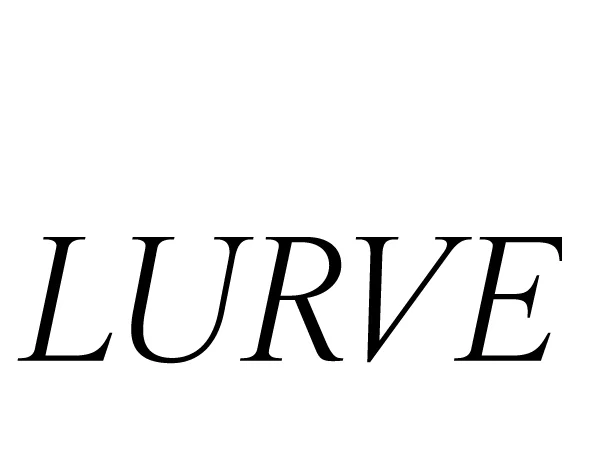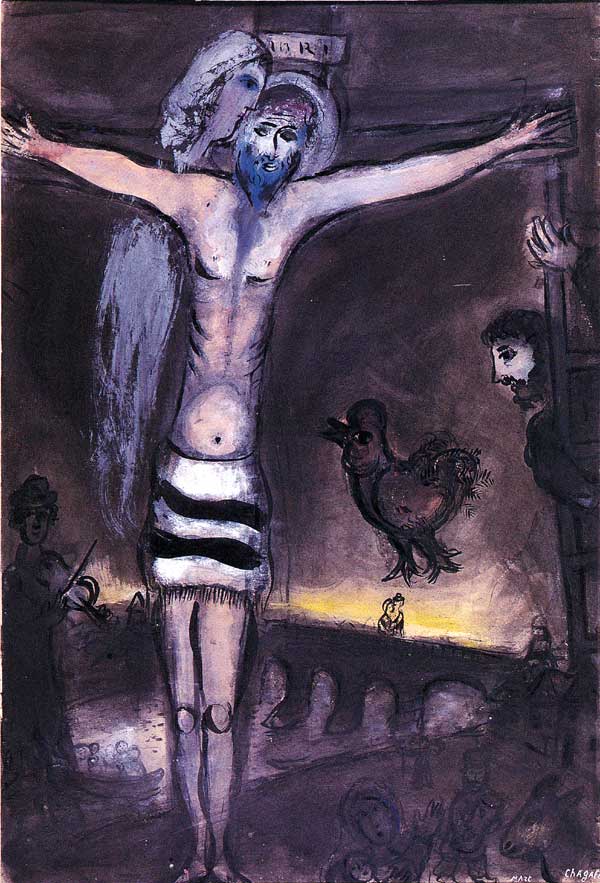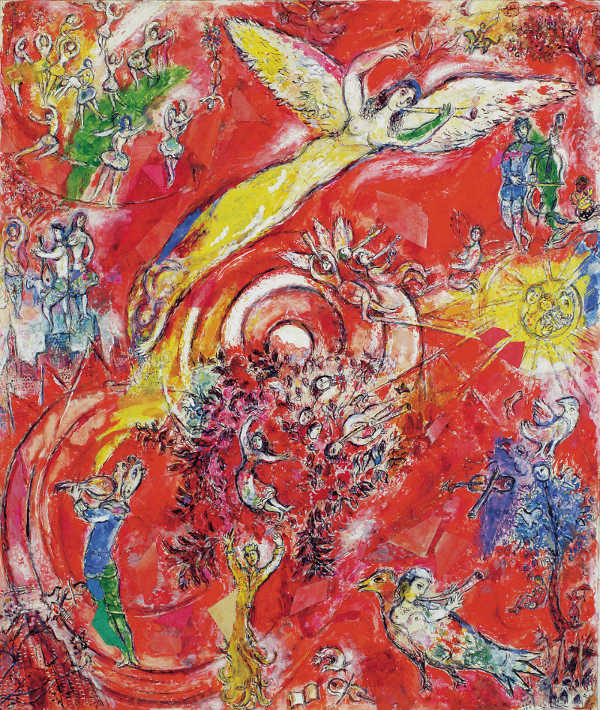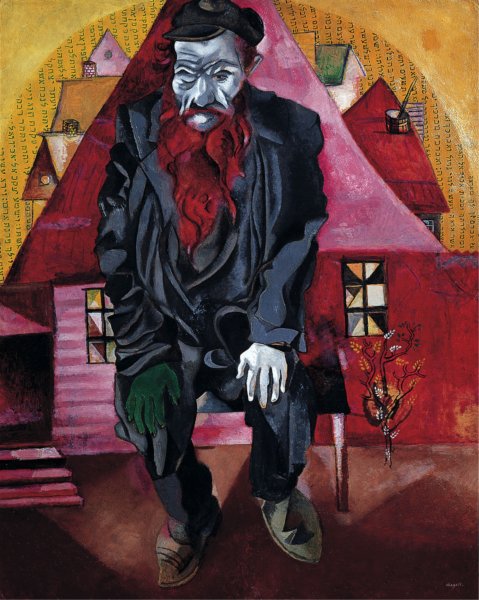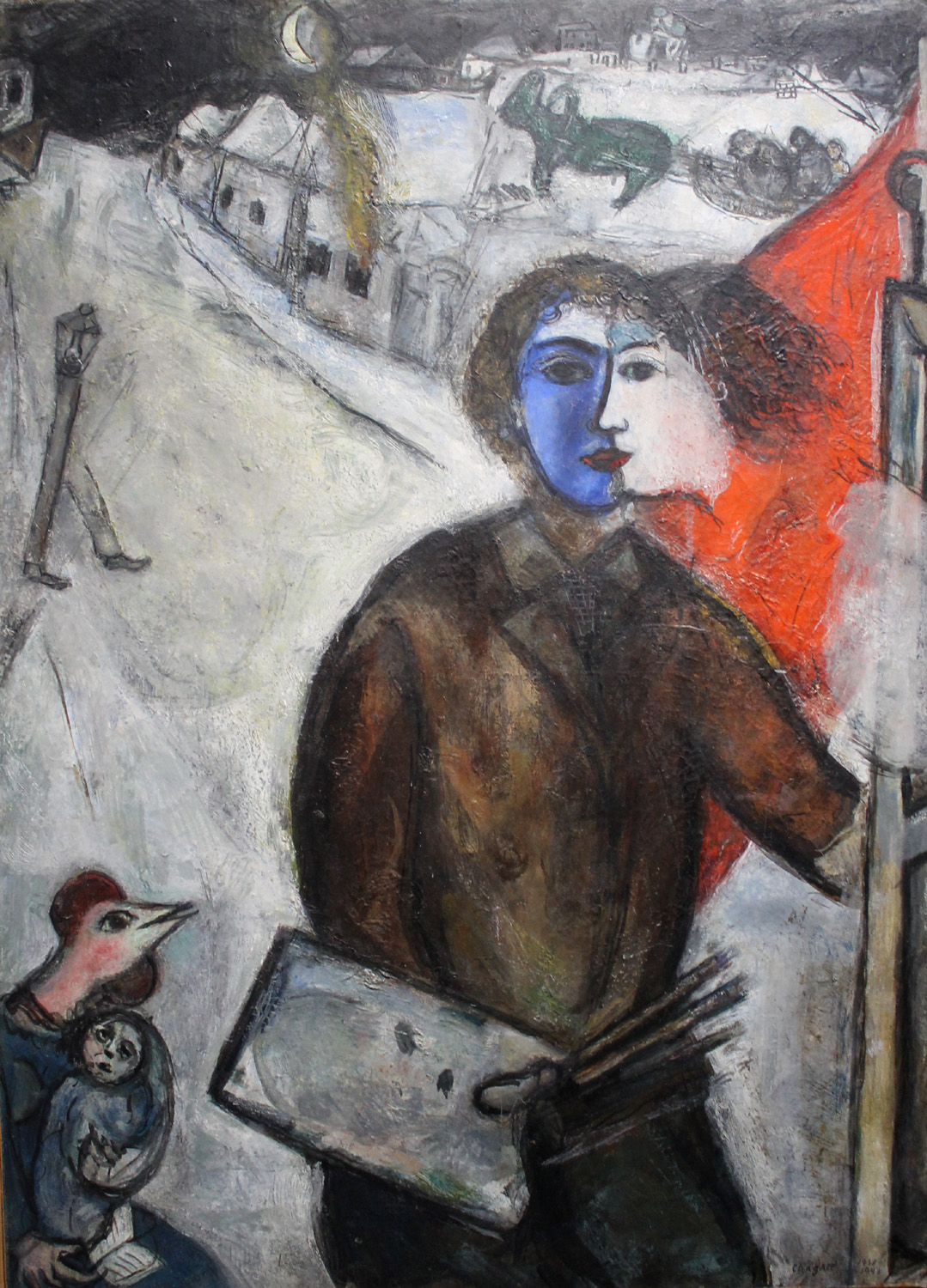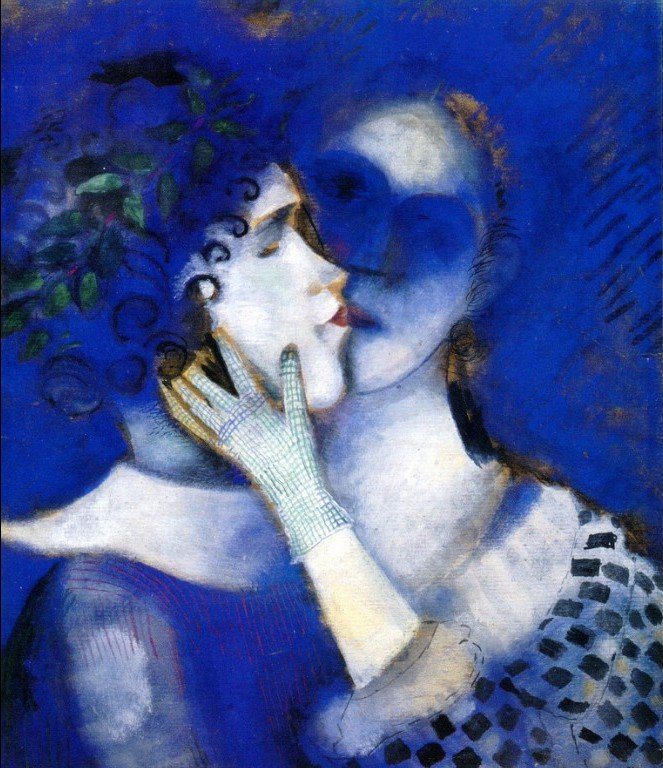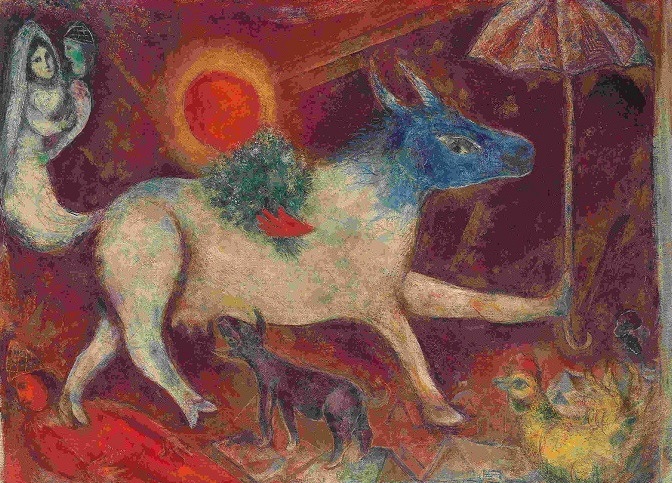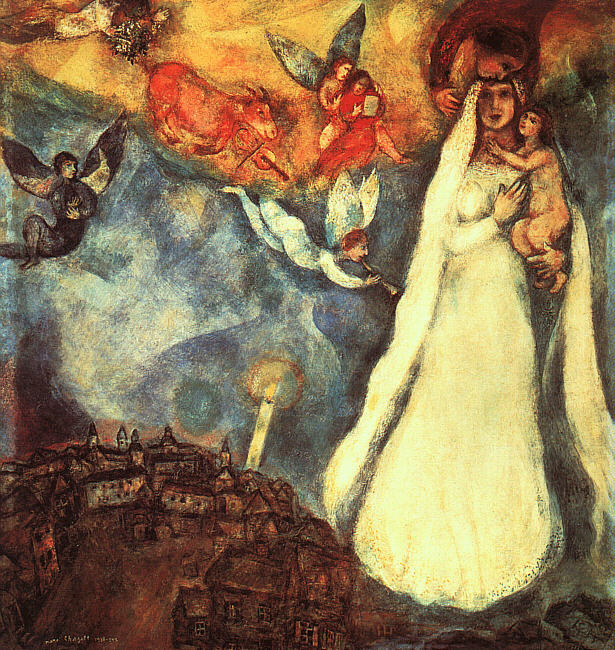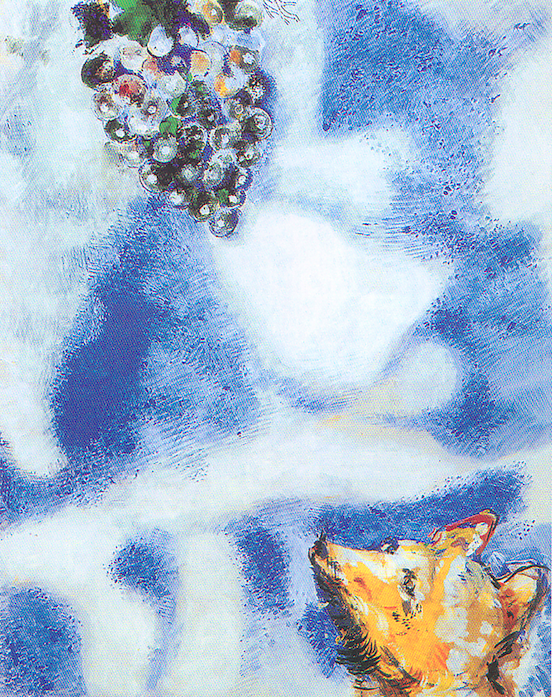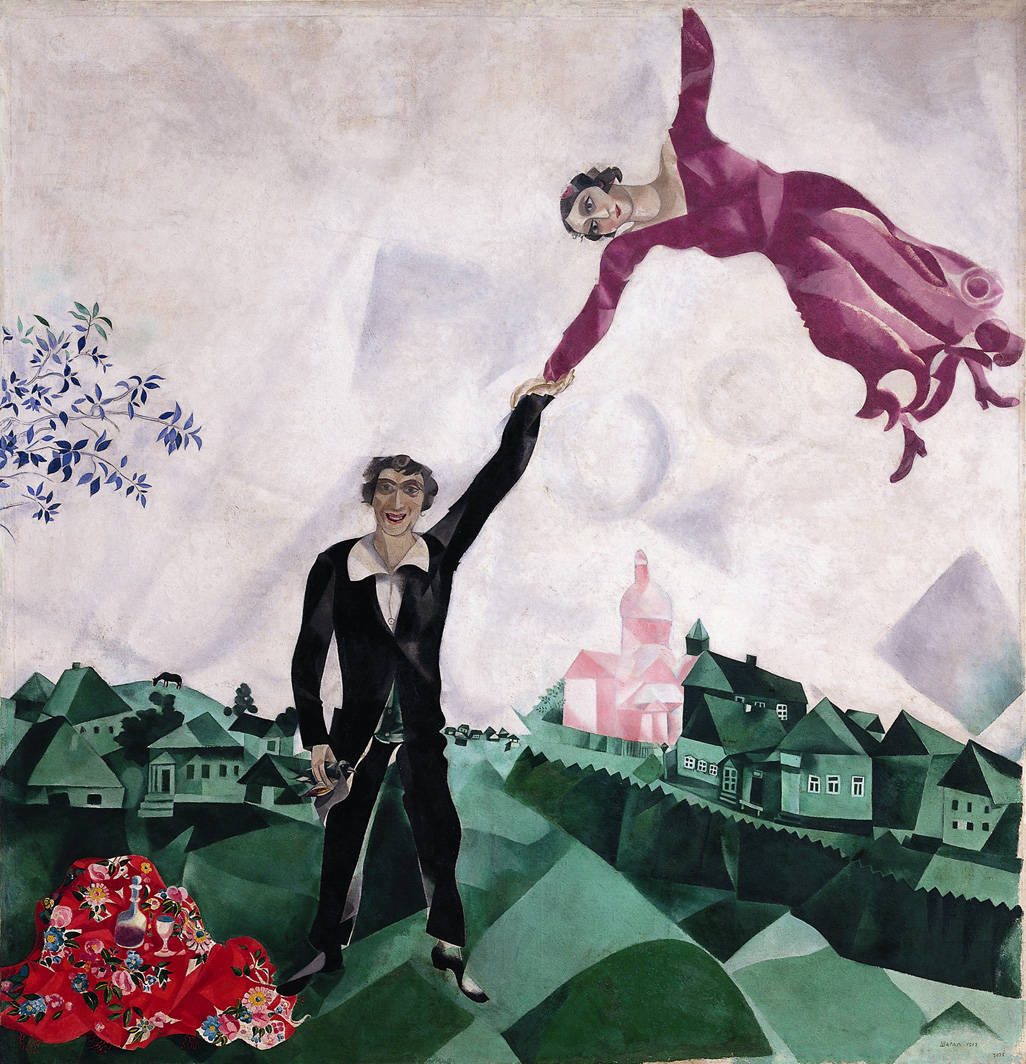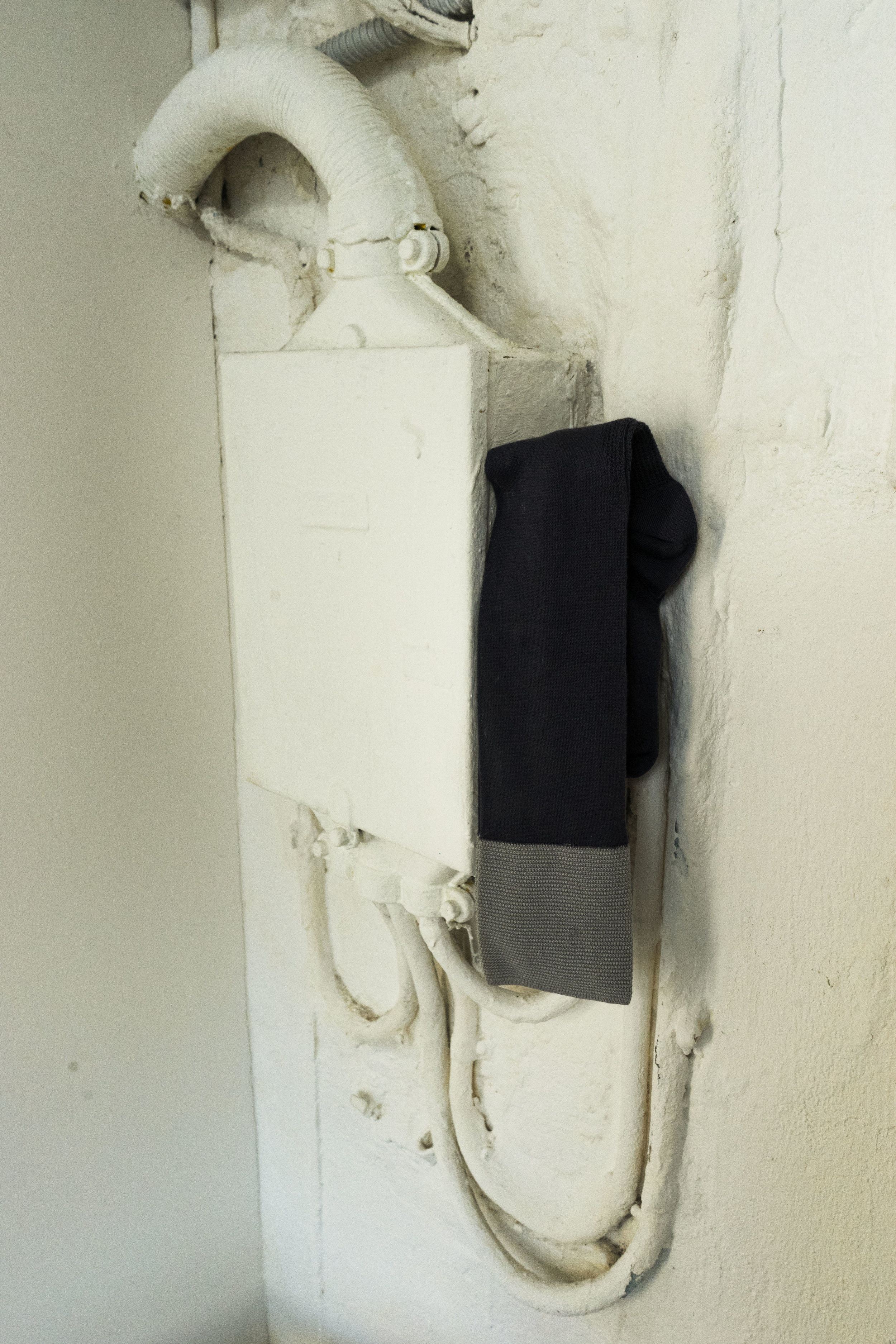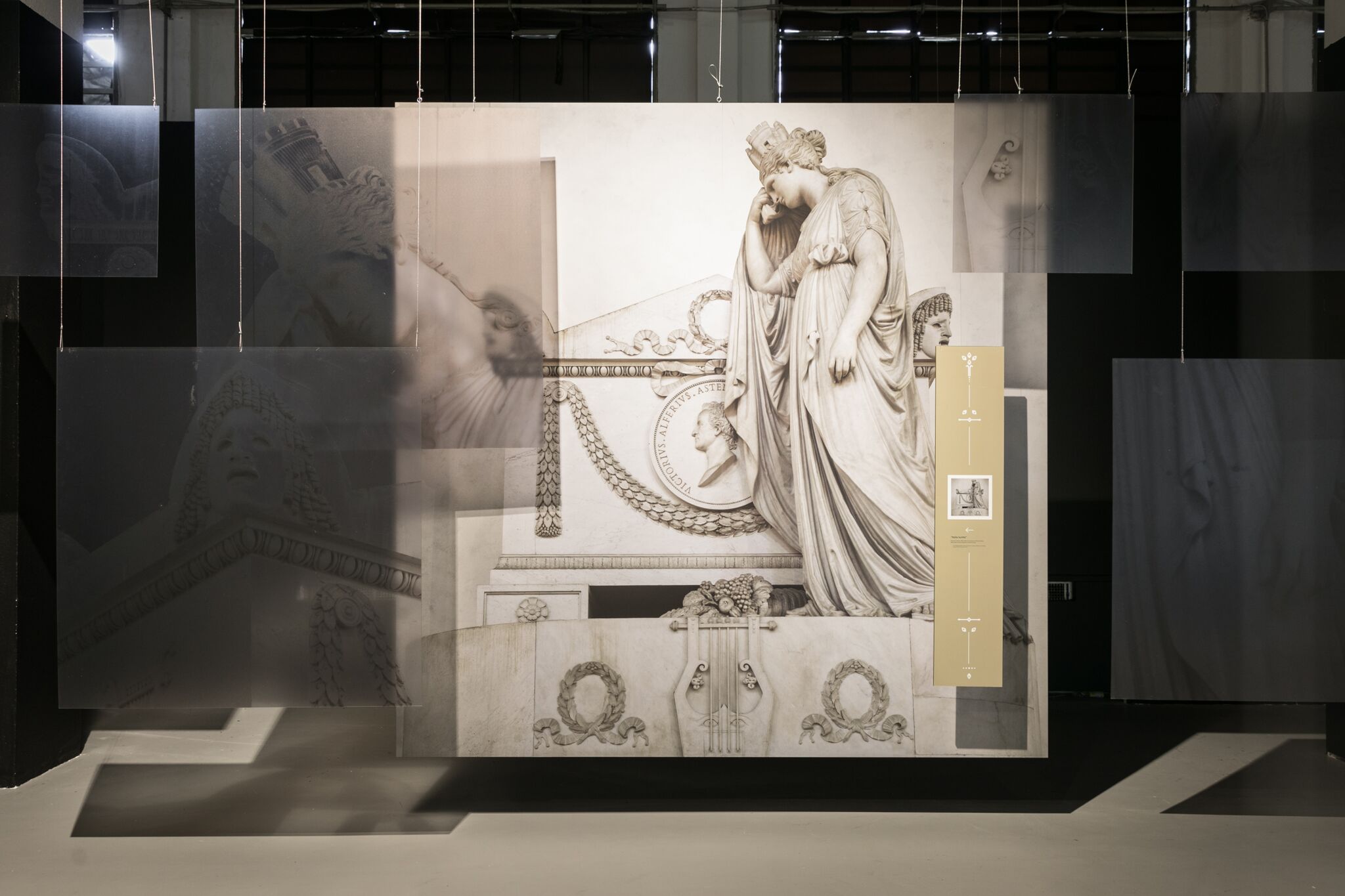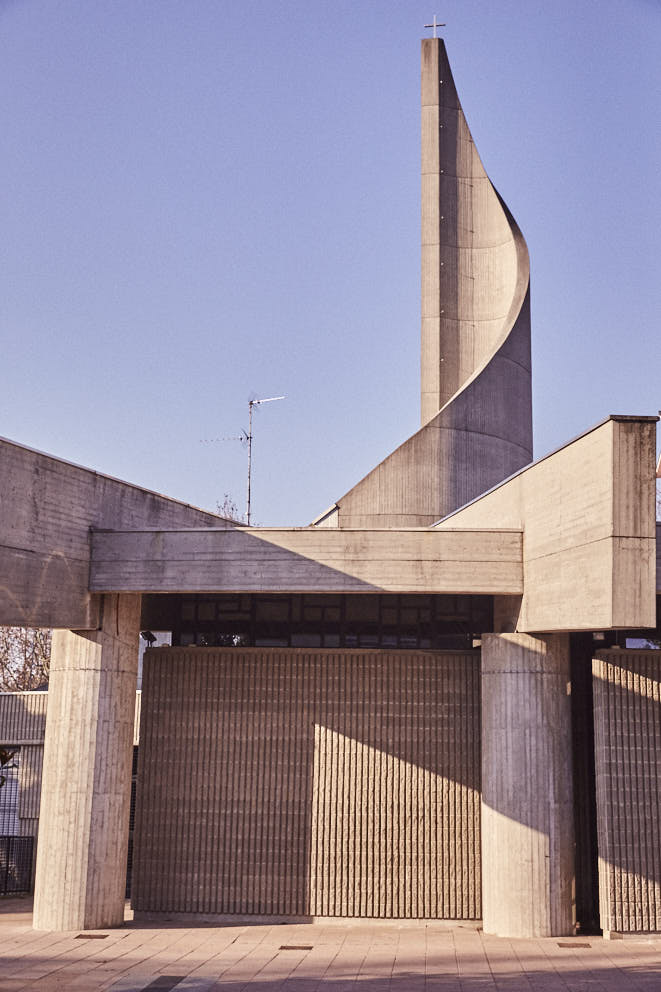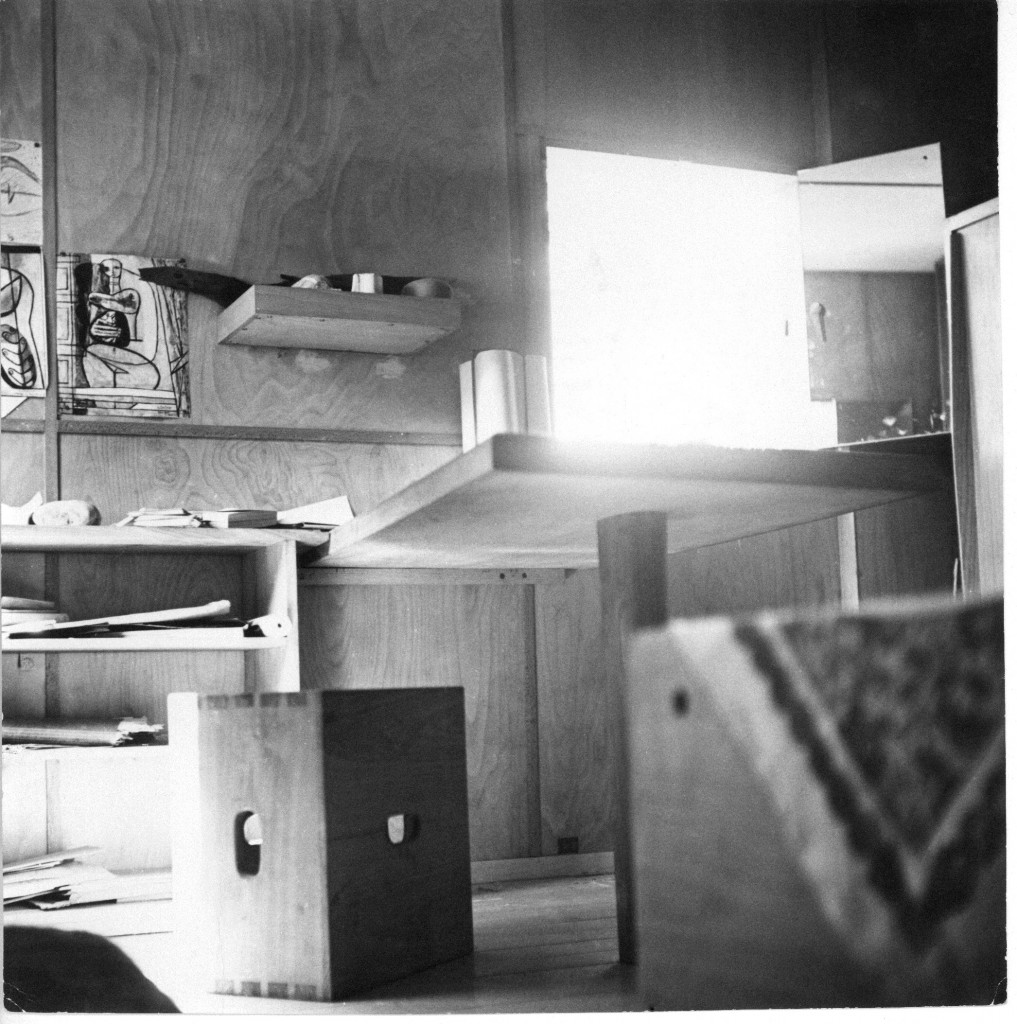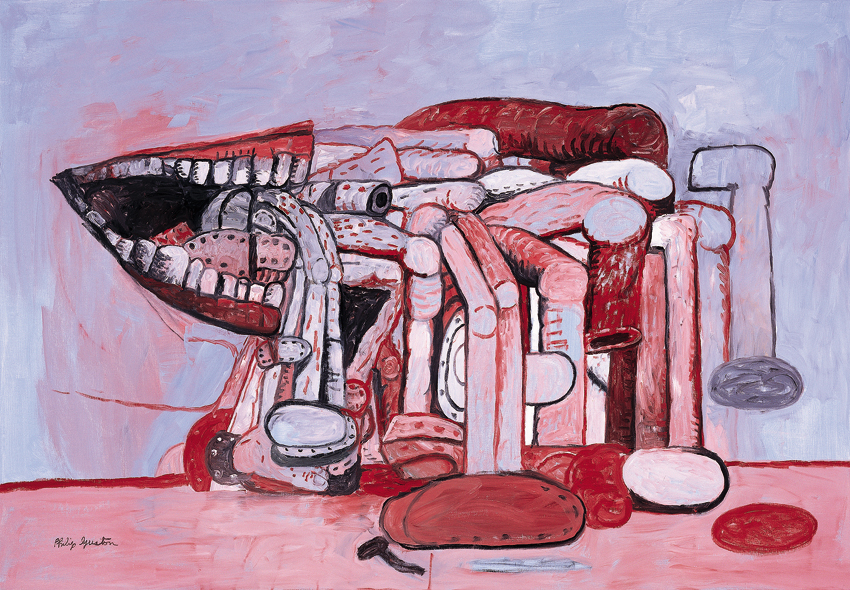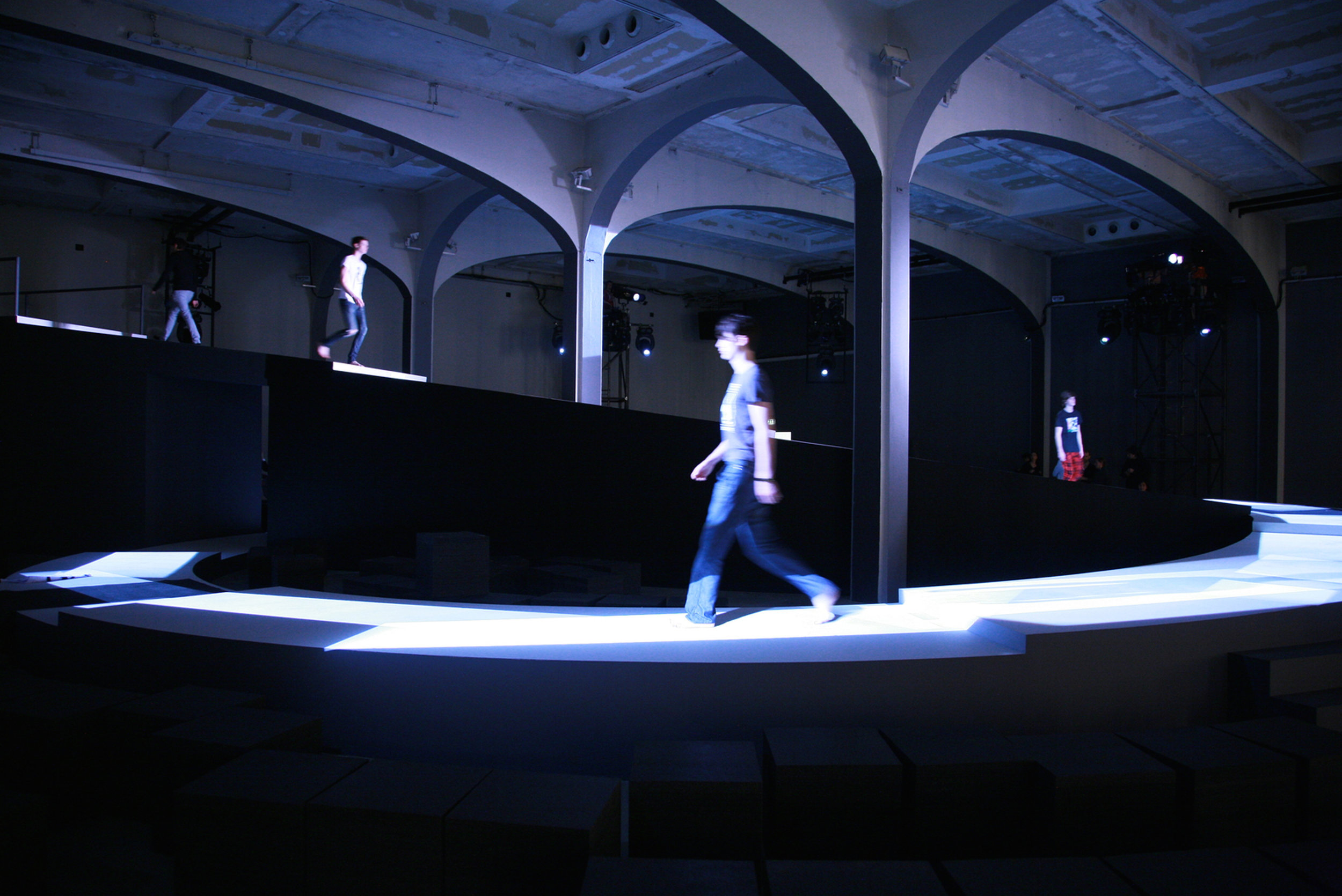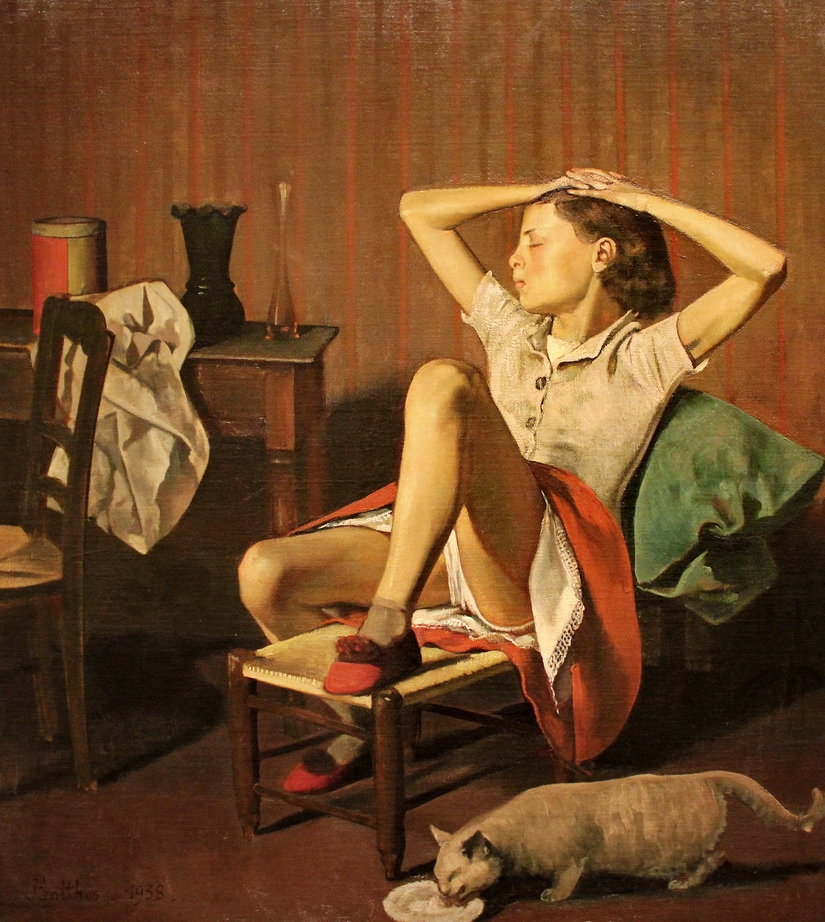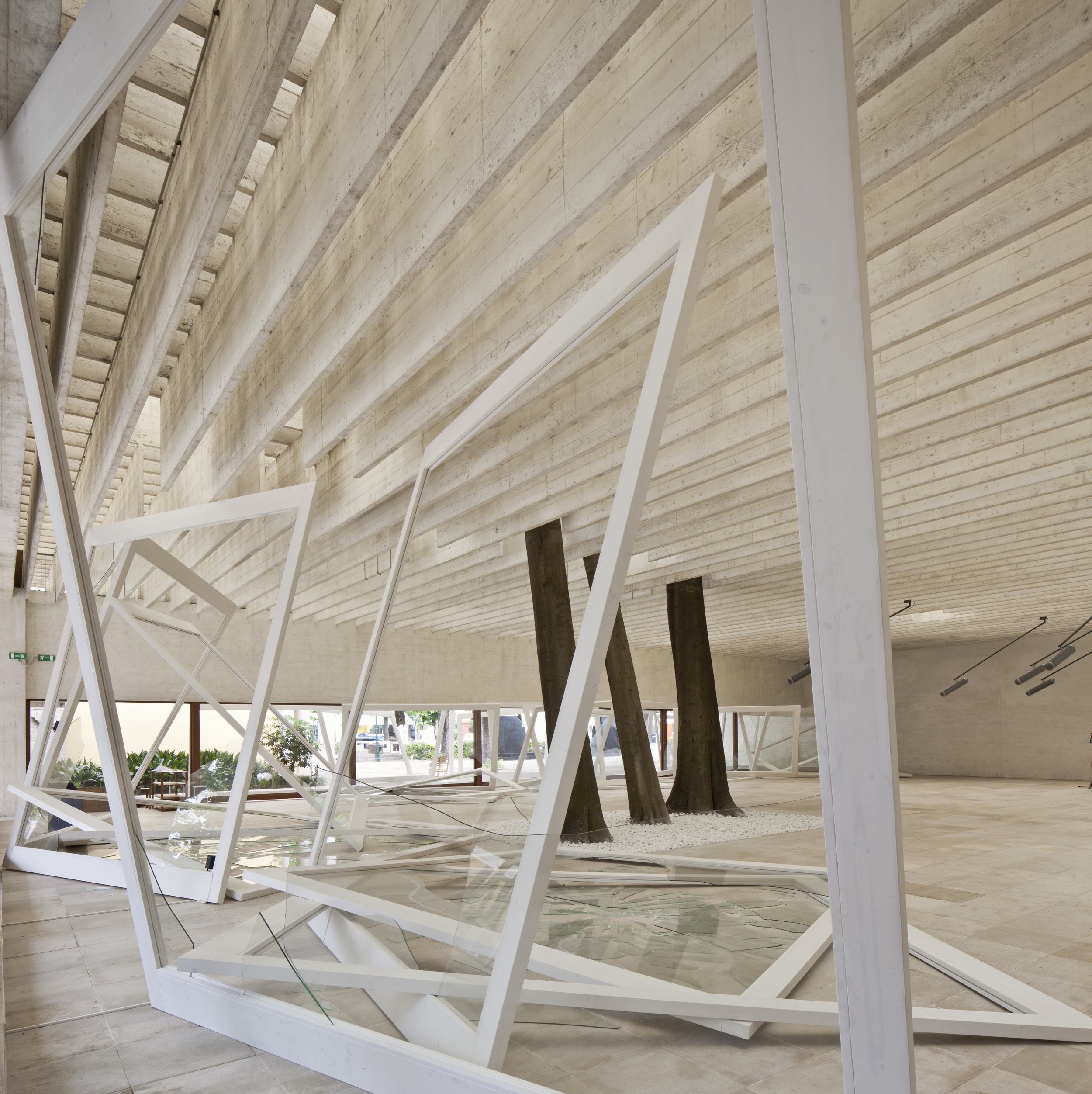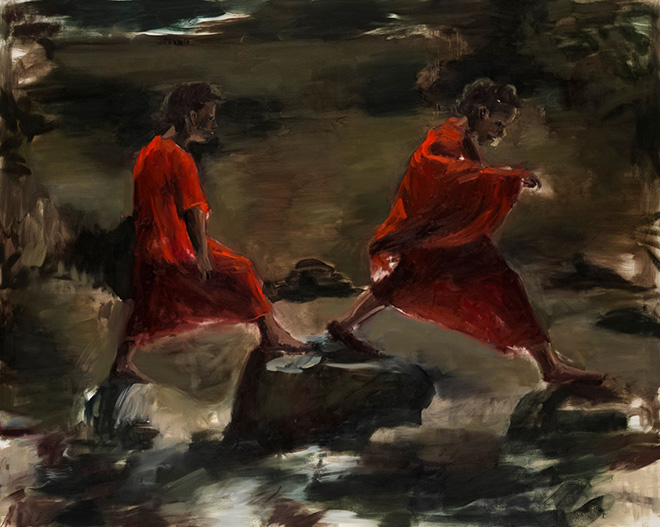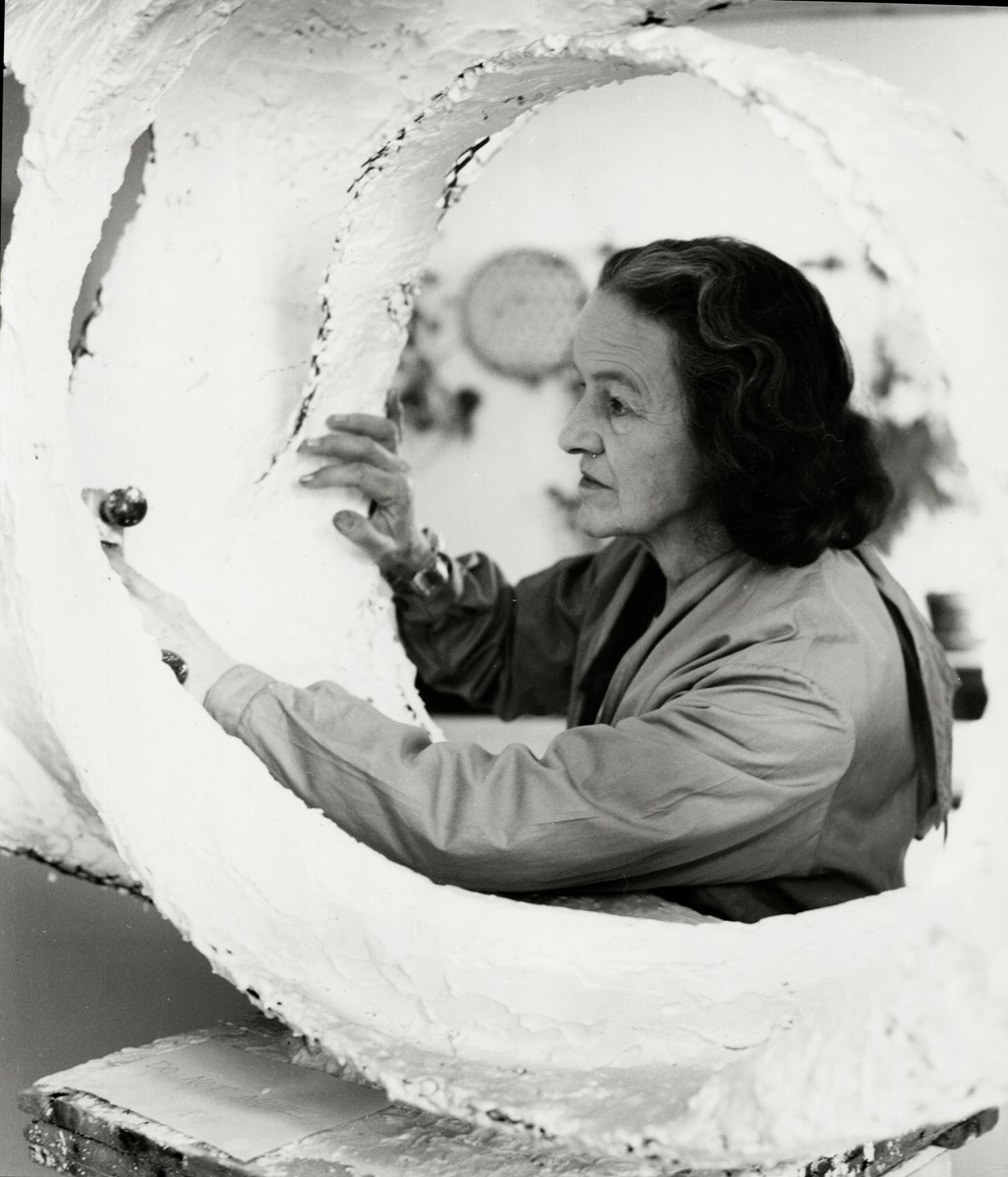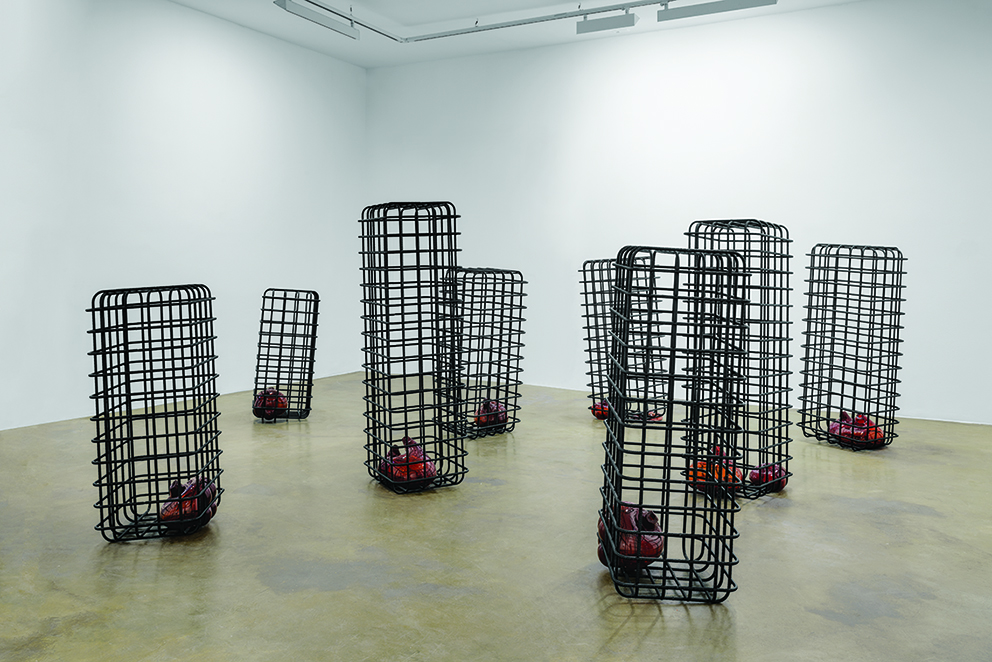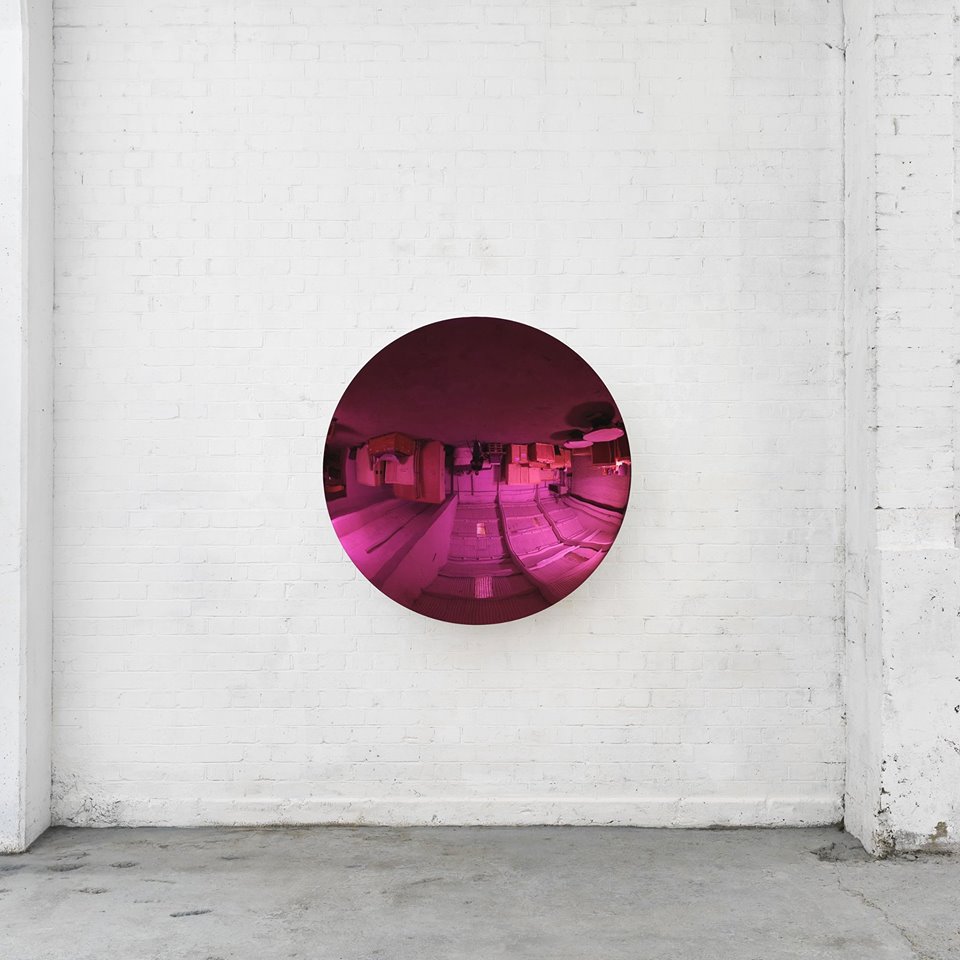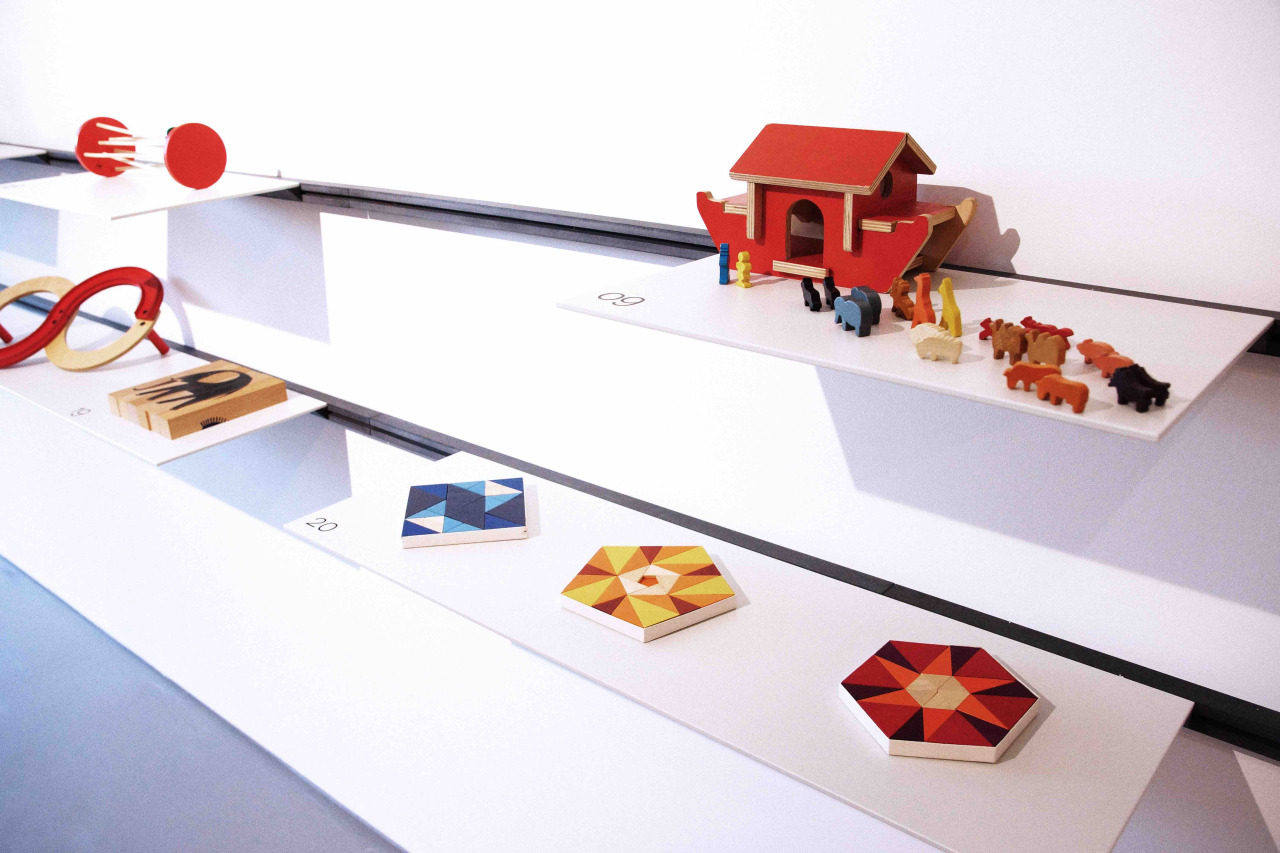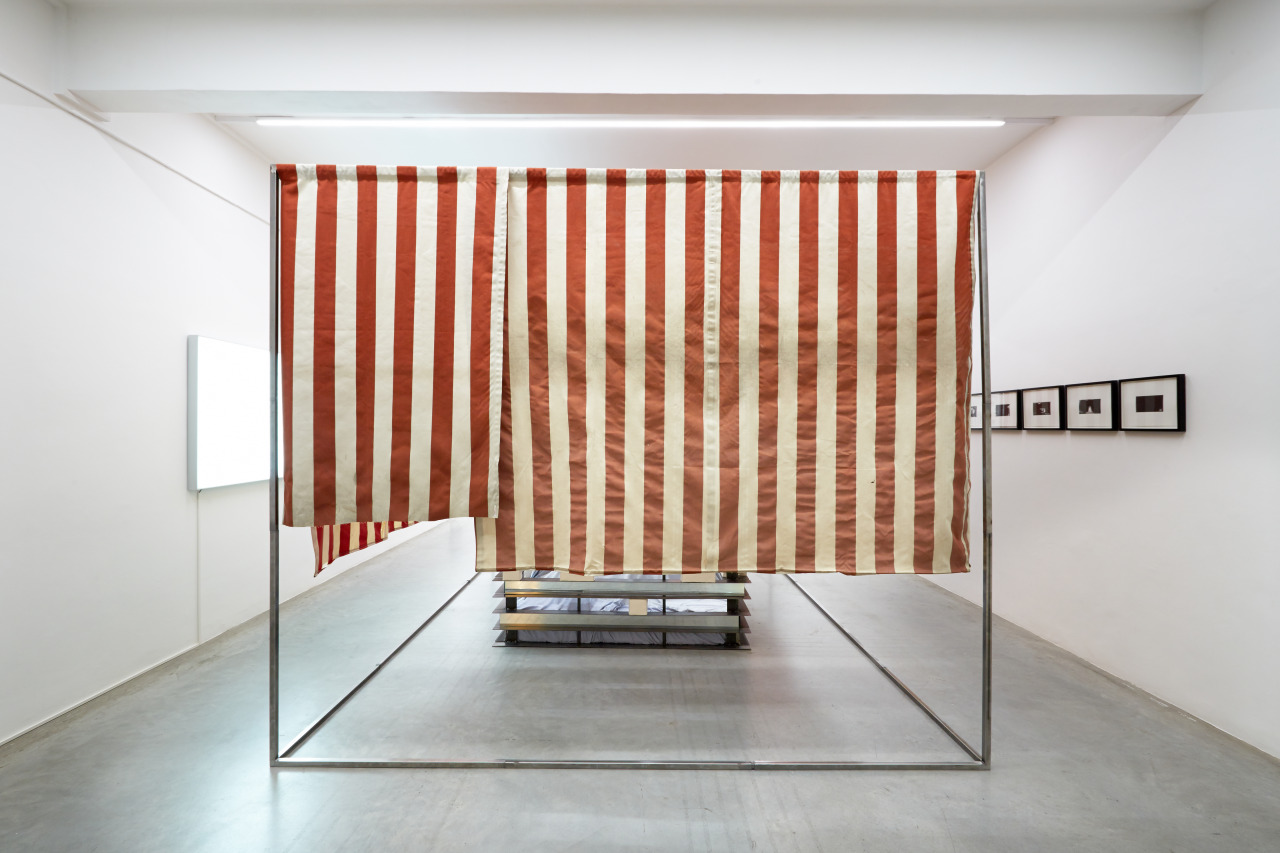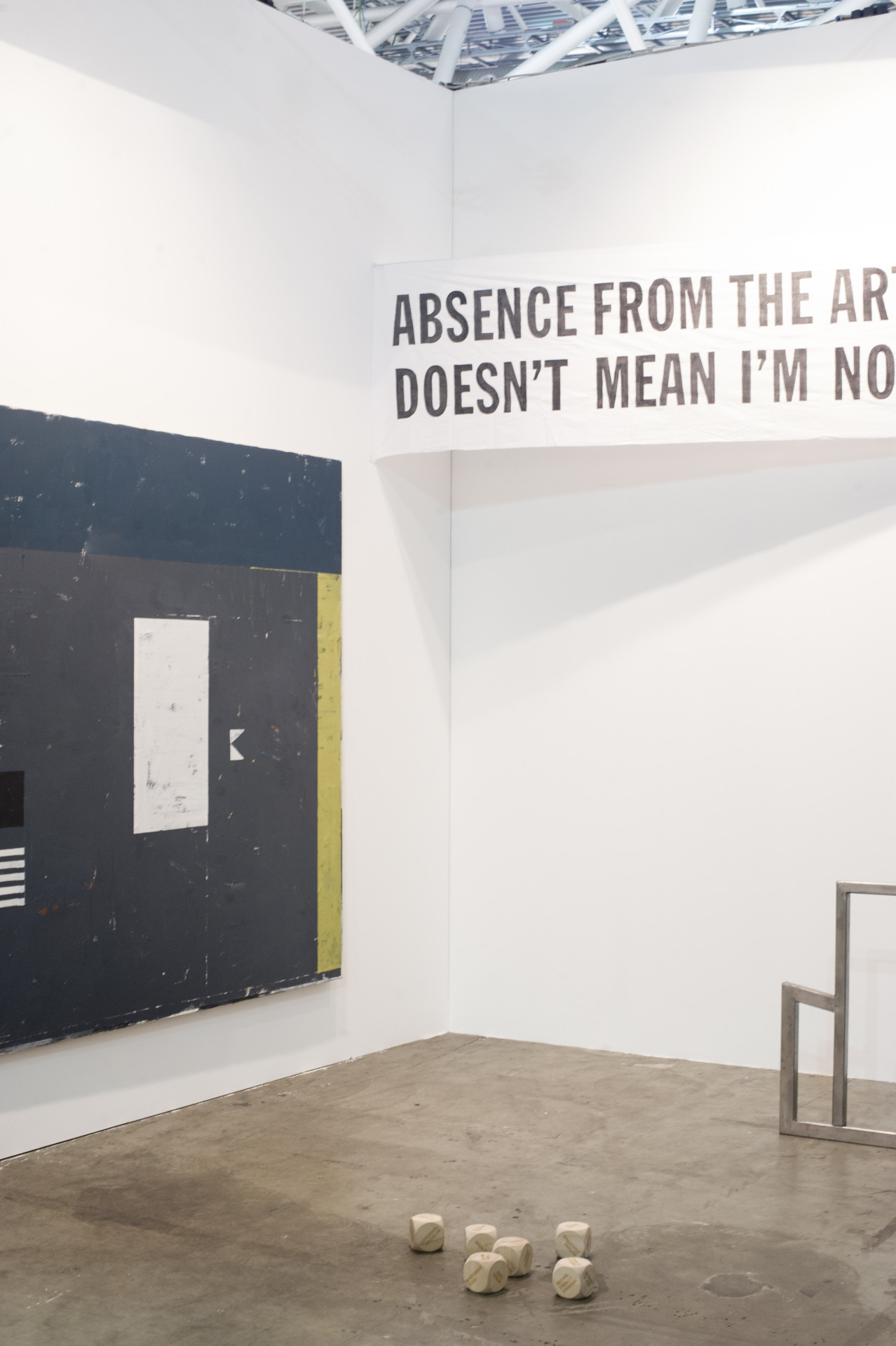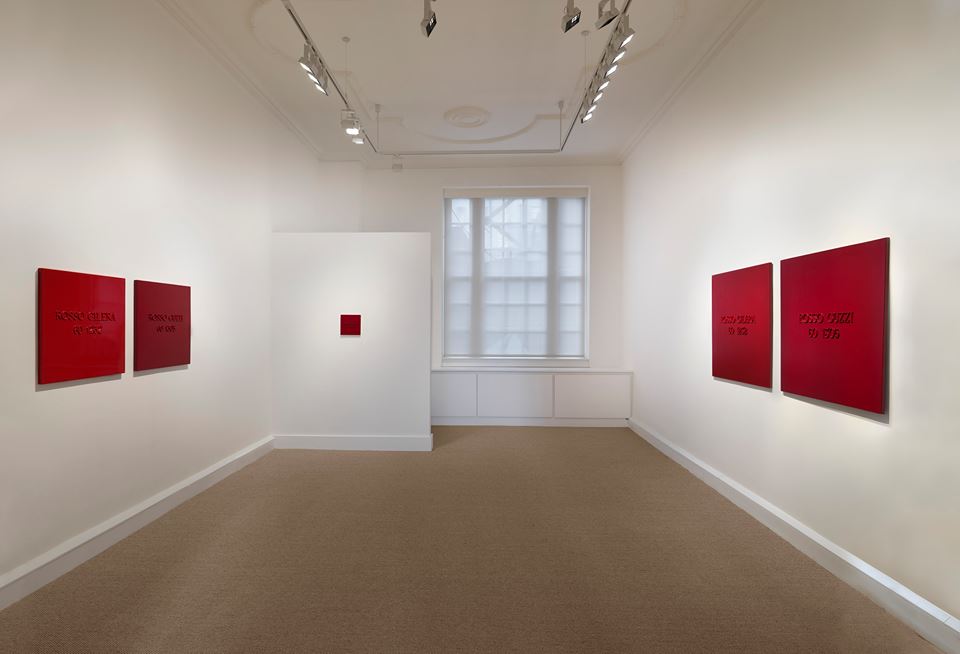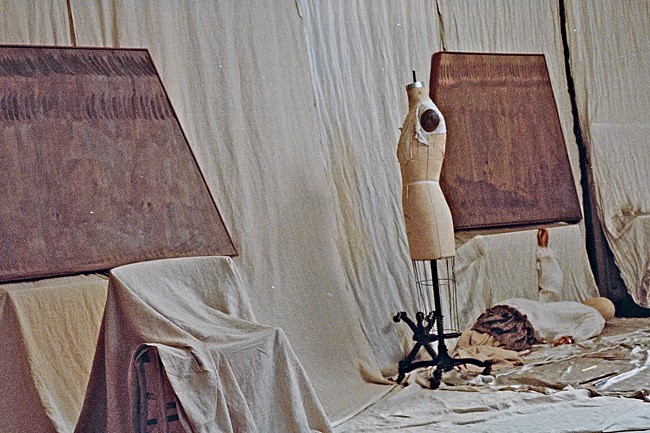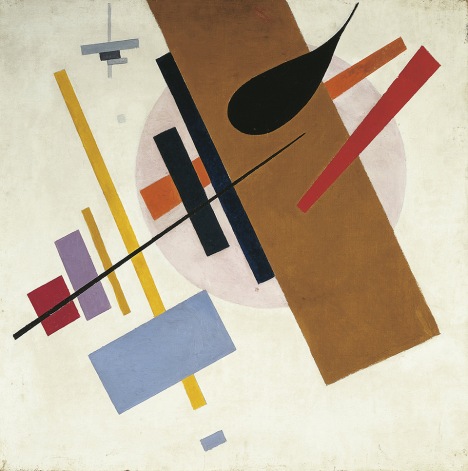Marc Chagall: A Retrospective 1908-1985
Words by Wanda de Rosa
Milano, Palazzo Reale
Walking around Milan, surrounded by Italian style, majestic buildings, in one of its typical Autumn grey days, then suddenly stepping into a Marc Chagall exhibition; seriously, is there anything better ? It’s impossible to miss, as it’s placed in the very heart of the city, adorning the already astonishing rooms of Palazzo Reale, near Duomo. On show from 17th September 2014 until 1st February 2015, it is considered the most accurate Chagall’s retrospective in 50 years, as it leads the spectator step by step through the colourful and fascinating universe of one of the most beloved artist of all the times.
Over 100 masterpieces have been brought specifically and only for this exhibit from some of the most important art galleries all over the globe (Centre Pompidou, NY MOMA, St Petersburg Russian Museum), as well as other private collection’s pieces, all due to help the viewer fill any gaps on the artist’s production. The exposition, of course, is shown in the right chronological order, but this time - and that’s the treat- the paintings follow the author’s thought as well. Chagall’s autobiography (Ma vie) is the common thread linking his paintings; each section is accompanied with his own words referring to the period he was living, so you can really be driven into the artist’s world in a very intimate way.
Personally, Chagall’s art has always puzzled me, therefore It has been particularly fascinating reading how he describes himself in his autobiography. I found myself looking at his work with different eyes, I could really see his words coming alive as paintings, his amazing life as an immense ocean in which you can dive to explore its deepest secrets.
For the first time, that typical mystery which has always surrounded Chagall’s paintings, appears clearly as the passionate depiction of his many affections throughout his even more numerous artworks.
It becomes even more evident in one of its most controversial paintings -Cow with Parasol (1946)- in which the artist has overcome the experimental phase of his production, and his style is now defined through intense shade of colours and strong symbols. In this painting in particular, you can really see how it mutates as different emotions and meanings are portrayed; hope, purity and love, appear as the white and blue image of an immense cow, which stands clearly out against the red background of a distressed city.
At the same time, religious symbols such as the cow itself, the cock and the calf, appear in contrast with the city on the verge of the great war, embodying themselves the artist’s feeling of hope and solidarity. Through this portrayal, you can really understand how a painter who has lived the dramatic times of both WWI and WWII, was able to transform all the torments ,or the joys, of his life, in pure charming beauty.
Walking through those halls, you can’t help feeling closer to this amazing man, who has always been considered out-of-the-lines, but who actually had a faith stronger than war, sorrows and prejudice.
Such a deep feeling inspired him a brilliant artistic production, which in turn never fails to inspire whoever has the honour and fortune to admire it; absolutely not to miss!

